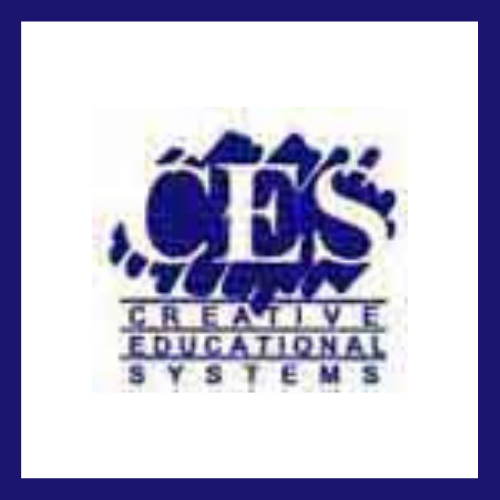
William Thomas Sly, Joseph Brockett and Ronn Kistler, the founding directors of Creative Educational Systems (CES) met while working with the pioneering arts-in-education program at the Performing Arts Foundation of Long Island (PAF).
Inspired by the groundbreaking techniques developed in teaching K-12 curriculum through the medium of theatre, they committed themselves to expanding the scope of using the arts as teaching tools by creating a new organization dedicated to demonstrating the value of the arts as vehicles of communication — in and out of the classroom.
In 1976, at Pilgrim State Hospital in West Brentwood, New York, we applied arts-in-education principles to the psychiatric community of doctors, therapists, support personnel and clients, encouraging them to interact with mutual benefit and to perform theatrically with one another.
In order to create a synergism between a group of high school students with whom we were working and the clients at Pilgrim State, CES designed a program to direct the energies and talent of these young people to work with the hospital residents.
Later, this group of young artist-teachers utilized the same communication concepts with schoolchildren, businesses, youth organizations, non-profit charitable institutions and government agencies.
CES received a contract from the U.S. Department of Labor Colorado Balance of State/ CETA program, and, in Steamboat Springs, Colorado, trained a theatre company of local actors to create a program matching the needs of the current Southern Colorado high school graduate population (emphasizing the employment needs of Hispanic and Native American minorities, economically disadvantaged students and handicapped individuals) with the growing oil shale industry needs for trained personnel.
The program (including a theatricalization of the mining industry, workshops for students and CETA counselors, the writing and publishing of training manuals and the production of two filmed docudramas) toured the state for two years, involving over 1,000 recent high school graduates and seniors, enlisting many of them to pursue career training in the Colorado Mountain College Mine Training Center.
The arts, we discovered, were a highly effective vehicle to reach the community-at-large with necessary information and to train people in success orientation toward their life work.
In Southern California, we developed programs using the visual and performing arts to provide a basis for the restructuring of schools. The culmination of this work was assisting a local elementary school with a growing Mexican-American population to secure half a million dollars in funding from the State of California to design and develop a model school, which, over the next five years, achieved California Distinguished School status and was designated a national Blue Ribbon School.
In 1990, we published our first edition of PLAYMAKING: The Integration of the Arts in Education, a teachers manual which put together twenty years of research about how people learn and the practical applications thereof. (A substantially revised second edition was published in 1993, under the title of THE NEW PLAYMAKING: The Latest in the Integration of the Arts in Education). This resulted in a Herman Goldman Foundation grant to bring CES’ approach to teaching and learning to New York City under the fiscal sponsorship of the New York Foundation for the Arts (NYFA). This grant allowed CES to distribute hundreds of copies of PLAYMAKING and offer workshops to the New York City community of educators and teaching artists in the communication principles and applications set forth in the book.
Because of participation in one of those workshops, the director of the Staten Island Children’s Museum applied to the Herman Goldman Foundation for a subsequent grant to enlist CES consultants to re-train her docents to use the theatre arts in the interpretation of their exhibits.
CES initiated a new series of citywide workshops (through the NYC United Federation of Teachers) and numerous school districts in the Metropolitan New York area on the principles of thematic interdisciplinary curriculum design, the application of Howard Gardner’s Theory of Multiple Intelligences through the arts, and authentic assessment through theatre production.
Over the next several years, CES expanded its role in serving the tri-state area’s educational community in the integration of the arts in public education through workshops, in-school arts residencies, on-site consultations and additional publications.
CES has moved its headquarters to Central New Jersey where it is providing teacher staff development in arts education, training new artist-teachers to work with educators in the schools, assisting communities in integrating the arts into their social fabric and creating a regional research library in education and the arts.
CES continues to publish arts-in-education resources for educators at all levels. Based on its early successes on both the East and West Coasts, CES has expanded its services to include consultation to individuals, schools and school districts which are exploring ways of thoroughly integrating the arts into their curriculum; professional development seminars for educators and artists, and a line of premier publications for K-8 teachers-practical classroom application of the principles, processes and techniques of professional artists adapted to the school environment.
With headquarters in East Brunswick, New Jersey, CES directly serves the Metropolitan New York community, as well as national clients by special arrangement.
© 2021 TheatreArtLife. All rights reserved.